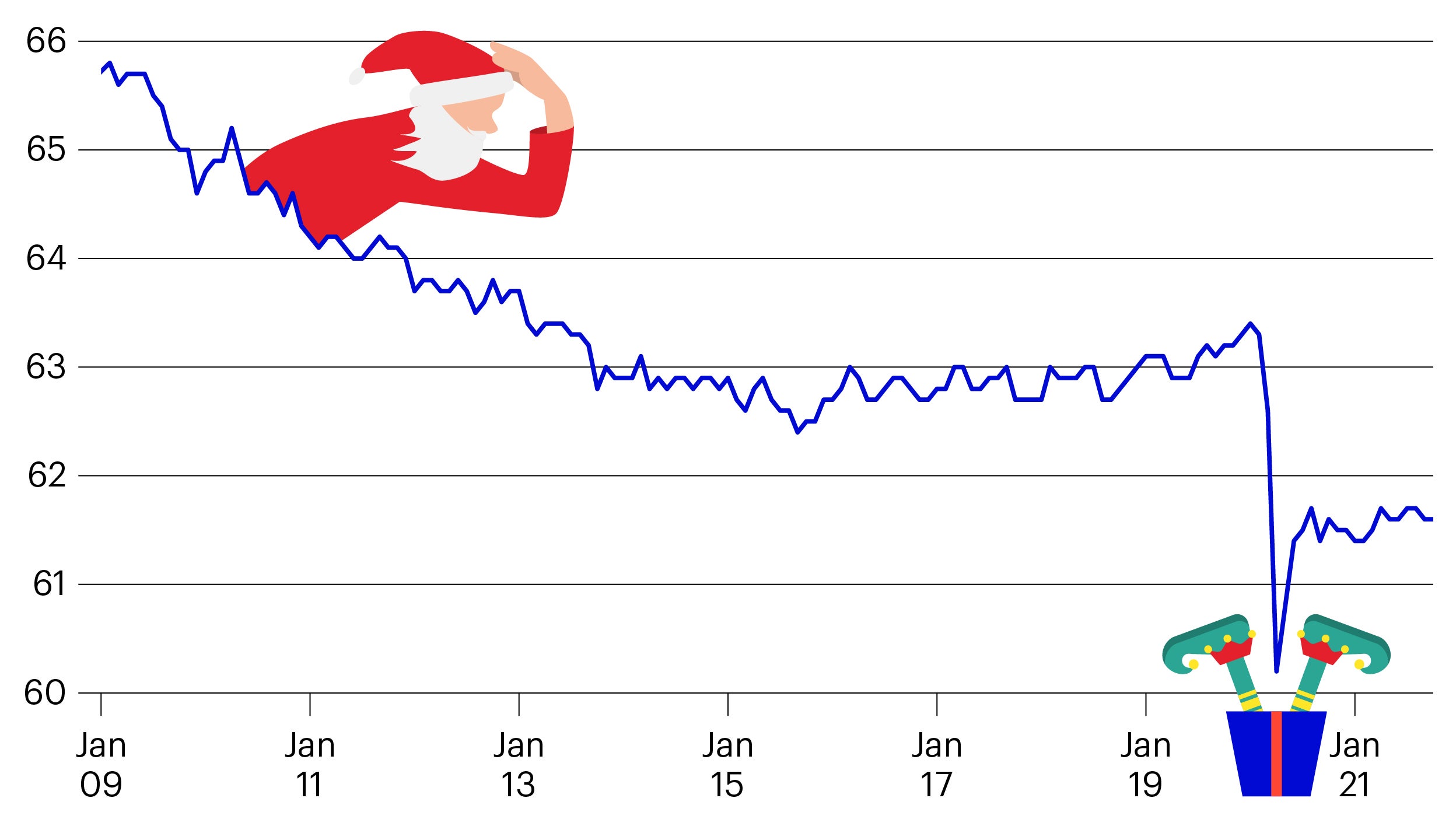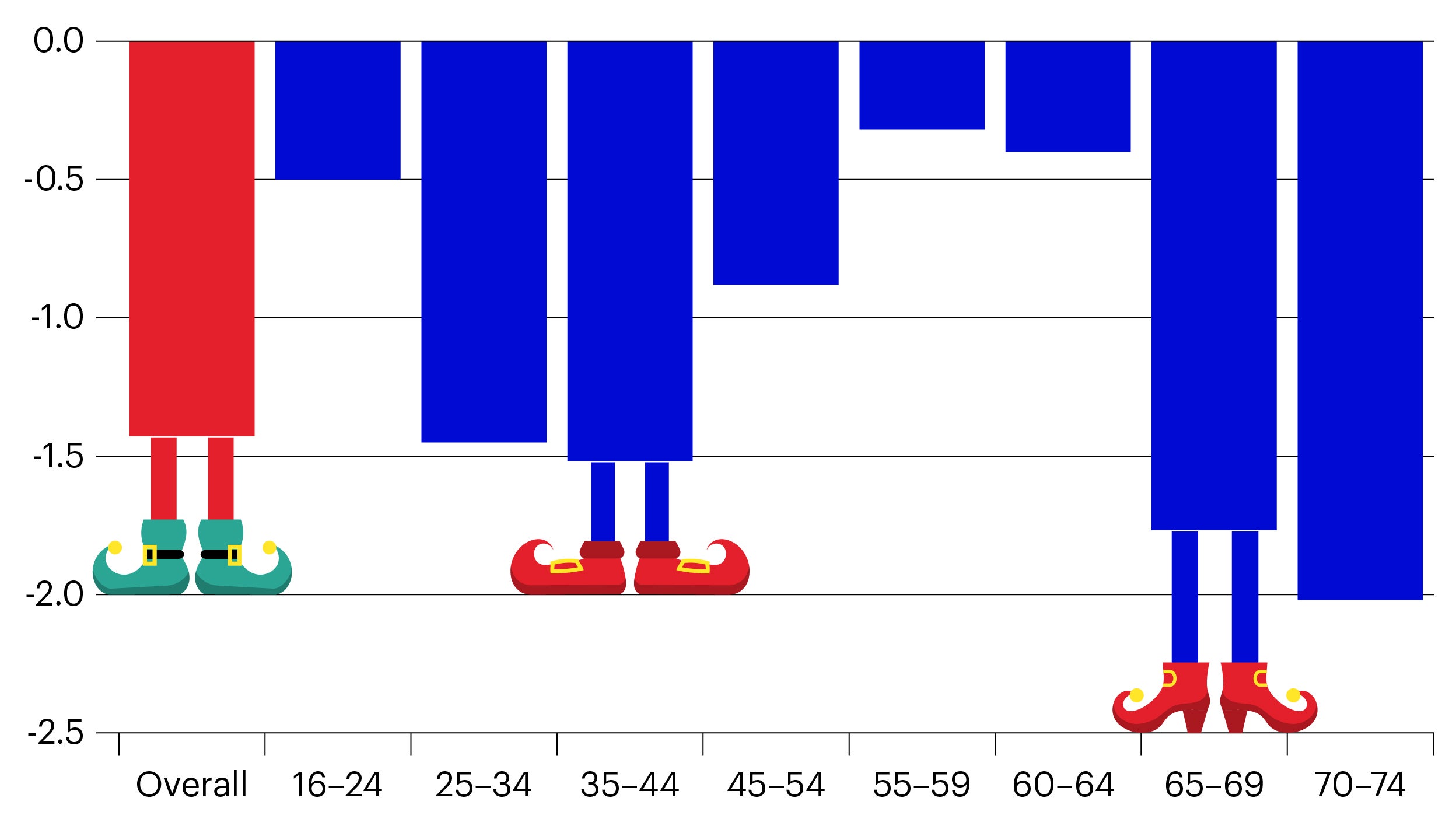Where are the US workers?
The US labour force participation rate dropped by over three percentage points after the US government reacted to the rapid domestic spread of Covid-19.
The economic recovery has been quick and robust, as shown in Figure 1, but nearly half of the workforce that left is still missing.
Figure 2 shows that the recovery has not been even across age cohorts, leading us to two takeaways:
1. Non-prime age workers (older than 55) are not retiring early.
2. Those with school-age children are slower to return.
Non-prime age workers
Workers aged 55-64 have come back faster than any other cohort measured. Seemingly, the mainstream media’s narrative that millions of workers are retiring early due to robust 401(k) plans and home values is false.1
That said, we can see that Covid risks have pushed post-retirement age workers (65+) to finally retire. The minimal recovery in these cohorts suggests that many are likely to stay retired.
Workers with school-age children
For prime age workers (16-54), the recovery has been less robust among those likely to have school-age children.
This pattern, along with other data, suggests that parents are struggling with intermittent physical school attendance in various localities. Likewise, they may be affected by an inability or unwillingness to vaccinate their children, particularly those aged 5-11.
Cohorts below retirement age, who are less likely to have younger children, have almost all returned to the workforce.
Conclusion
Our first takeaway suggests that over two million workers have permanently left the labour force. Our second suggests that several million will likely return once we learn to live with Covid-19. This should gradually alleviate wage pressures next year, relative to current levels.
|




